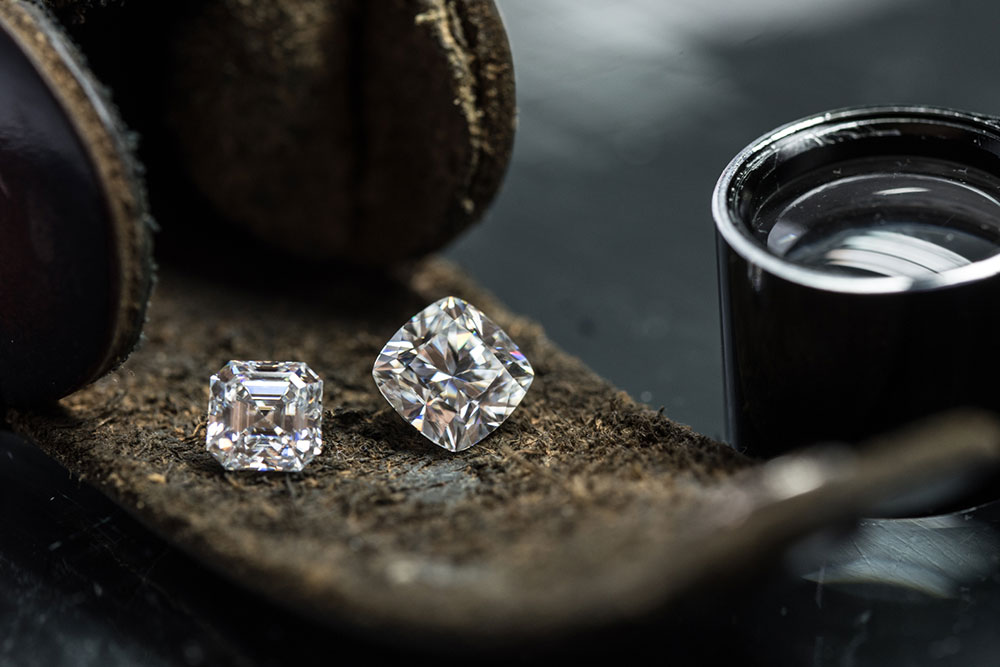3 mistakes to avoid when buying lab-grown diamonds

Lab-grown diamonds are now being highly preferred over natural diamonds. Despite being just as pure, these diamonds cost much less than natural ones, making them popular. However, since they are among the most expensive, one must be careful when buying them. Also, the diamond market is filled with good, loose, and bad quality diamonds. To avoid buyer’s remorse or financial pitfalls, one must avoid a few mistakes when buying such diamonds.
Not checking the 4Cs of the diamonds
Whether buying a natural or a lab-grown diamond, one must check the 4Cs. These 4Cs (of diamonds) stand for cut, carat, clarity, and color. Here are some details about them:
- Cut – The cut of the diamond refers to its shape and polishing, which ultimately determines how the diamond will shine.
- Carat – The carat of the diamond indicates its size and weight.
- Clarity – The third ‘c’ is clarity, which indicates the diamond’s many flaws.
- Color – The fourth ‘c’ is the color, which determines the rarity of the diamond based on how colorless it is. Diamonds are graded from D to Z, where D stands for the most colorless diamond, which is also the rarest and the most expensive.
All of these four Cs contribute to the overall value of the diamond. So, before buying one, individuals must research and examine these aspects.
Failing to get a certificate for the diamond
Based on their 4Cs, all authentic diamonds are given a certificate confirming their genuineness. This holds for natural and lab-grown diamonds. So, even when buying the latter, one must ask the jeweler for a certificate of authenticity. One must also check that the certificate is issued by a reputable and credible institute, such as the International Gemological Institute (IGI), the Gemological Institute of America (GIA), and the Gem Certification and Assurance Lab (GCAL).
Not looking at the diamonds under a natural light
Jewelers who sell diamonds usually show the pieces under their store’s bright white or yellow light, which can make the diamonds look more shiny and bright. If one purchases a lab-grown diamond based on its appearance under the store light, they may feel slightly confused when the piece sparkles less in natural light. So, one should look at the diamonds in natural light before buying them to avoid disappointments.